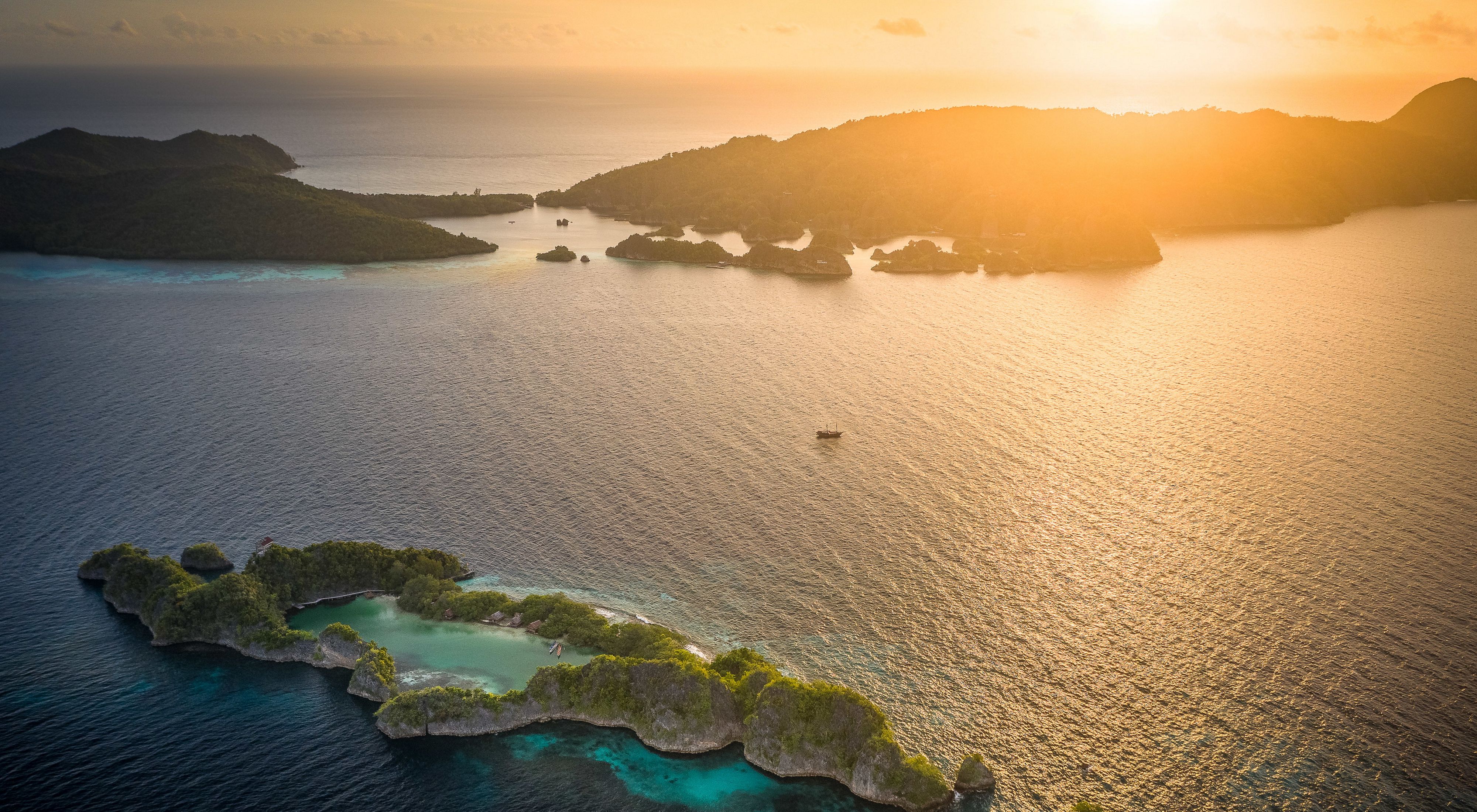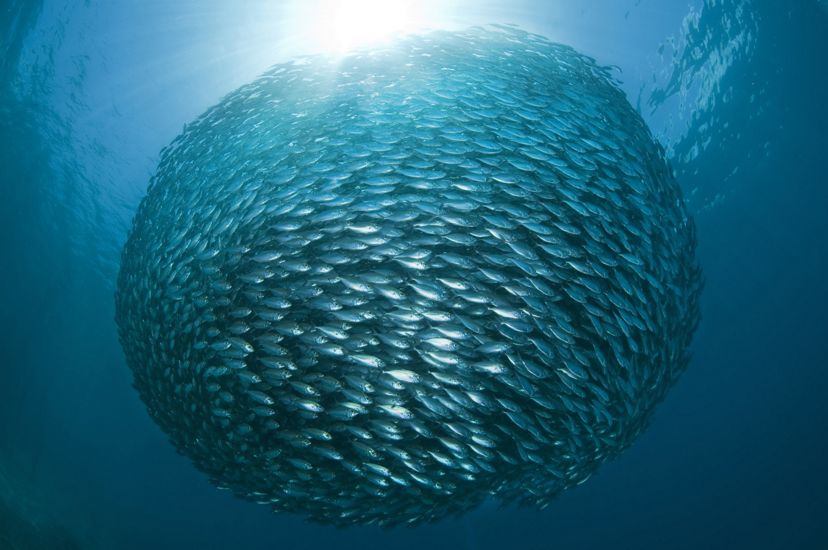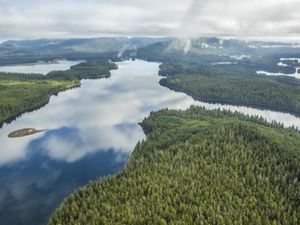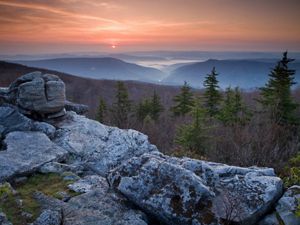10 Places to Watch
The world just signed a new deal for nature—now it's time to put it into action.
Recently, representatives from nearly two hundred countries came together and did something remarkable: they agreed on a 10-year plan to reverse nature’s rapid decline.
The agreement, known as the Kunming-Montreal Global Biodiversity Framework, provides a roadmap for protecting nature through this critical decade, including a landmark agreement to protect 30% of the world’s land, ocean and inland waters.
Our global insights, straight to your inbox
Get our latest research, insights and solutions to today’s sustainability challenges.
Get our newsletterNow comes hard the hard part: putting that plan into action.
How do we truly protect nature anyway? And how do we ensure that protection lasts?
Create more parks and preserves? Yes, but to protect the diversity of life on Earth into the future, we must think beyond fences.
To protect biodiversity, we must...
- recognize the leadership of Indigenous Peoples and local communities
- connect efforts to protect nature and limit climate change
- keep new development from fragmenting and isolating protected areas
- rethink economic systems so that they value nature
- produce food in ways that restore nature
- ensure we protect the diversity of the world’s habitats
- create new ways to perpetually fund these efforts.
To put this plan into action, we’ll need to use every strategy we have—and develop new ones too. Here, in no particular order, are 10 places where TNC is working with partners to take conservation to the next level and create a future where people and nature thrive.
Bird’s Head Seascape, Indonesia

School of fish swimming around and healthy staghorn coral in the waters of Indonesia.
Few countries can rival Indonesia when it comes to sheer diversity of life. Its lush forests shelter endangered tigers and orangutans, the world’s smallest rhinoceros (the wooly-haired Sumatran rhino), and the world’s largest lizard (the 3-meter long Komodo Dragon).
Its waters are just as diverse; the Bird’s Head Seascape alone contains 3/4 of known coral species (like the threatened hammer coral) and over 1,800 species of fish (like the well-camouflaged tasseled wobbegong). It’s a crucial waypoint for migrating whales and leatherback sea turtles, and a source of food and income for thousands of people.
What's happening: Investing in and elevating local leaders
Since 2004, TNC and our local partner Yayasan Konservasi Alam Nusantara (YKAN) have created a network of marine protected areas (MPAs) around the Bird’s Head Seascape and implemented more sustainable fishing practices, reversing some of the damage to the habitat caused by overfishing and unsustainable coastal development.
But the work, like the waves, never stops. Managing these rich waters effectively and perpetually will require new leadership—the kind that’s been there all along. The way forward is lit by people who know this seascape intimately and rely on it for their lives.
This year TNC is transferring management of the MPAs to Indigenous communities around Bird’s Head Seascape—and creating a new fund to ensure they have the resources they need to protect this region forever while safeguarding their traditions and economic security.
Amazon River Basin
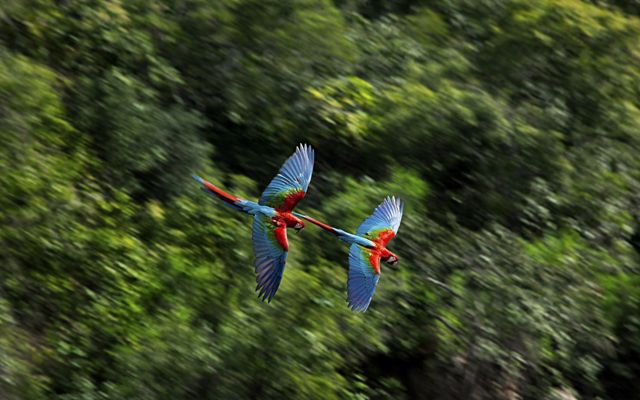
Green-winged Macaws fly through the forests of Brazil.
Fanning across the northern half of South America, the Amazon River basin is home to world’s largest river, the largest tropical forest, and 1/3 of all known plants and animals, including remarkable species like the dorado catfish, which migrates more than 11,000 kilometers from the Andes to the mouth of the river and back.
It’s not only plants and animals that live here—30 million people call this region home. The Brazilian state of Pará holds 9% of the world’s rainforests but has the country’s fastest rate of deforestation as habitat is cleared for farms and ranches. Losing these forests can alter the Amazon’s web of life and its climate.
What’s happening: Economies that prioritize nature, in a literal nutshell
Whether the rainforest is irrevocably transformed could come down to finding ways for communities here to make a living sustainably.
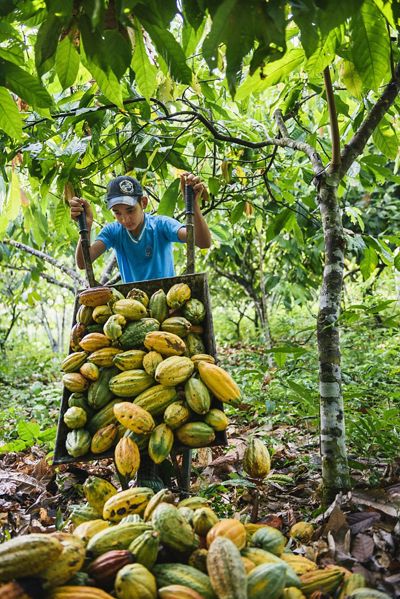
Man unloading cacao beans in Brazil.
Luckily, there are seeds—and beans—of hope.
A study by TNC economists in Brazil’s Pará state found that forests can be more valuable left standing than cutting them down. Cultivating industries around growing acai seed and cocoa beans can create more stable employment without clearing more forests.
With supportive public policies, this “sociobioeconomy” model could grow to 30x its current size, helping protect the Amazon’s network of ecosystems and create better livelihoods for the people who live there.
Gabon
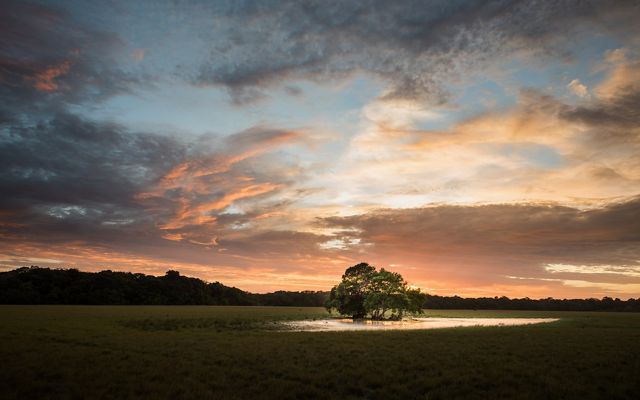
Gabon is one of the most forested countries in the world and has become a global leader in conservation.
With 88% of its land area covered in trees, Gabon is one of the most forested nations in the world.
These vast forests are not only home to critically endangered species like lowland gorillas and forest elephants—they are also a climate powerhouse, soaking up and storing an amount of carbon dioxide equivalent to the emissions of 30 million cars each year.
What’s happening: Forestry done right
Gabon is emerging as a global conservation leader, pledging last year to protect 30% of its land, freshwater and ocean territory through a large-scale conservation effort known as Project Finance for Permanence (PFP)—a strategy that consolidates negotiating, planning, legal governance and fundraising for many partners under one umbrella and ensures local communities are involved.
When complete, the project will create 24,000 square kilometers of new marine, terrestrial, and freshwater protected areas and fund the improved management of thousands of square kilometers of forests.
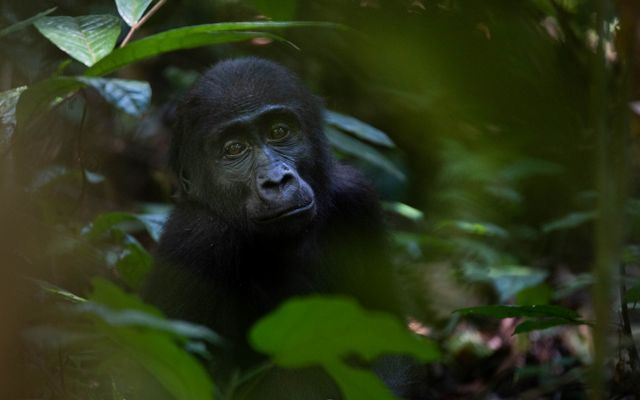
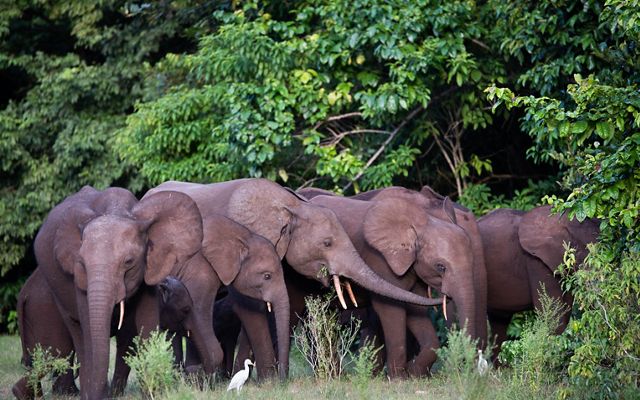
But Gabon is also working to raise the standard of living for its citizens, and forest products could become a bigger part of the economy as the country tapers down oil production. To balance these two goals, the PFP provides investments to help Gabon transition to more sustainable forestry activities that also keep more of the timber’s value within the country. With these changes Gabon hopes to demonstrate that it’s possible to attain ambitious conservation goals and economic growth.
Central Appalachians, West Virginia (U.S.)
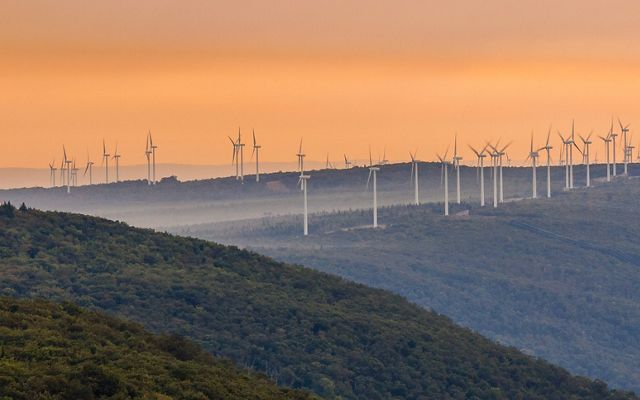
Wind turbines situated on a mountain ridge in West Virginia's Appalachian Mountains.
Stretching 3,000 kilometers up the eastern side of North America, the Appalachian Mountains are a popular destination for hikers who follow the path of the mountains from Georgia to Maine and beyond. But it’s not just hikers who make Appalachian journeys—the region also provides an important “climate escape route” for plants and animals.
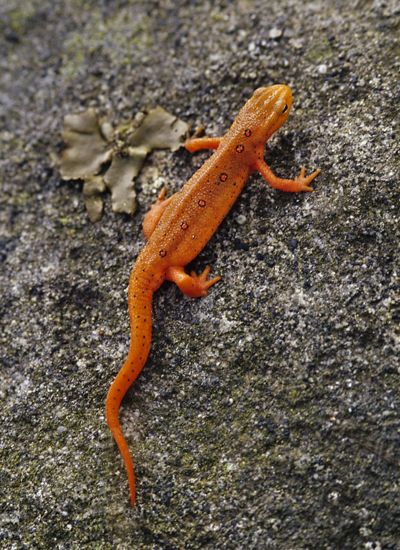
An orange Eastern newt sitting on a rock.
Species whose habitats become too warm or humid due to climate change can shift their ranges along the mountain chain or climb to higher elevations to find climates more like those they’re adapted to.
Even plants take these “escape routes,” sending their seeds and offspring towards more favorable ranges over generations.
The Central Appalachians’ intact forests and varied topographies create an especially diverse network of microclimates, an in turn, a stronghold for biodiversity.
What’s happening: Mining the sun
In West Virginia, as in many Appalachian states, coal mining has long been an important industry. As energy markets have shifted, many of those mines have been shuttered or are in the process of shutting down, leaving behind degraded habitats and depressed local economies. West Virginians are struggling to figure out how their economic future will play out.
For generations, West Virginia has been a leading energy producer for the country. Now the state has the chance to transform to a low carbon, low impact future by using former coal mine lands for siting solar energy development.
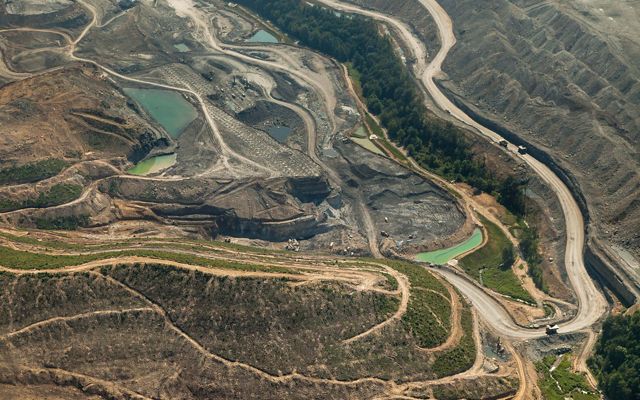
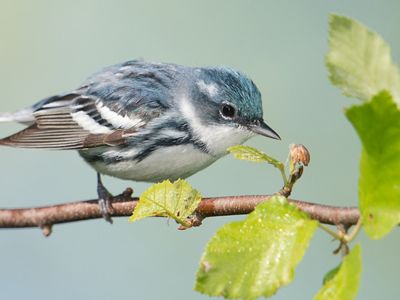
Placing solar on previously impacted lands—as well as the built environment, such as rooftops and carports—avoids impacts to healthy forests and other natural and concentrates development in places that have already seen impacts.
This practice could also introduce new jobs and revenue streams in areas where the economy has been further depressed as coal markets declined and allow West Virginia to continue to be an energy export powerhouse. Aided by a Build Back Better grant, some of the tools and policies TNC is developing in the Central Appalachians to look at how to increase and speed up mine land restoration and sustainable reuse could inform more nature-friendly expansion of renewable energy across the United States.
Go Ahead! Green Up Your Inbox!
Get our Global Insights newsletter for monthly updates on the latest in conservation.
Sign up for global insightsBerlin, Germany

Friends gather at a community garden in Berlin, Germany.
If you say “biodiversity hotspot,” most people think of tropical forests or coral reefs—not a dense city like Berlin, Germany.
But green space makes up nearly 1/3 of Berlin’s area, and many species thrive in these pockets of habitat. The city’s 2,500 parks and gardens are home to hundreds of wild bee species, not to mention boars, eels, white-tailed eagles, grey herons and red foxes.
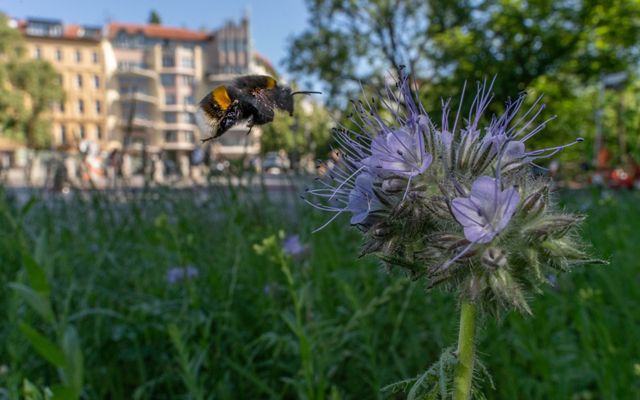
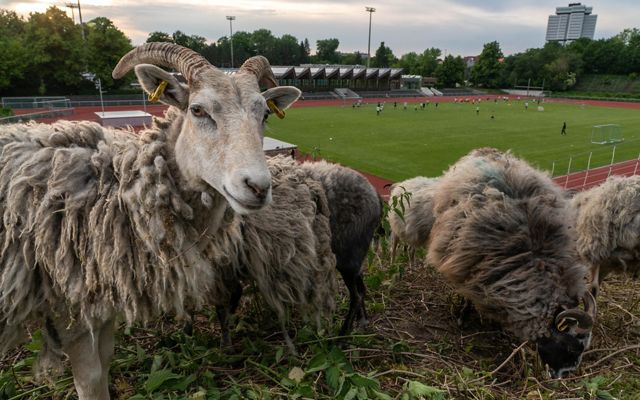
What’s happening: Nature’s the ultimate ally for cities against climate change
As the climate changes, these green spaces are becoming more important for people as well as nature. Heatwaves can be especially deadly in big cities, as pavement and buildings trap more heat than natural lands. Those impervious surfaces also prevent water from soaking into the ground, making flooding more intense and dangerous.
That’s why Berlin and other German cities are expanding their investments in nature. Funded by a grant from Amazon Inc., TNC is working with German municipal leaders to reclaim and manage more greenspaces specifically to help with climate adaptation. The solutions tested in Germany could help other cities cope with extreme weather.
Pate Island, Kenya
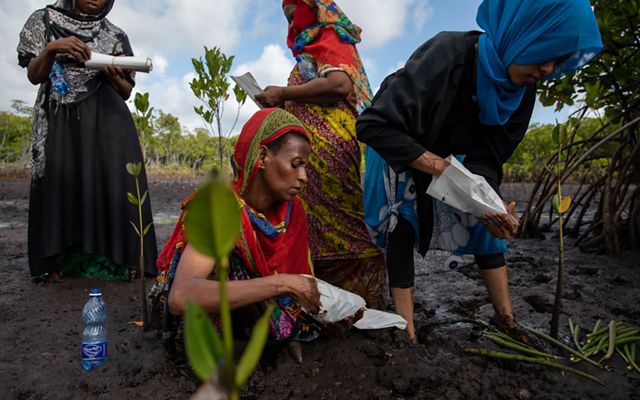
Kenya’s best-known landscape may be its iconic savannas, but the country boasts another remarkable habitat where the land meets the sea—dense mangrove forests.
Mangroves do a little of everything. Their branches house birds and honeybees. Their tangled networks of roots provide habitat for fiddler crabs and safe havens for young ocean-bound fish.
Beneath the muddy surface, they protect shorelines from erosion and fight climate change by absorbing an astonishing amount of carbon (five times more than trees on land).
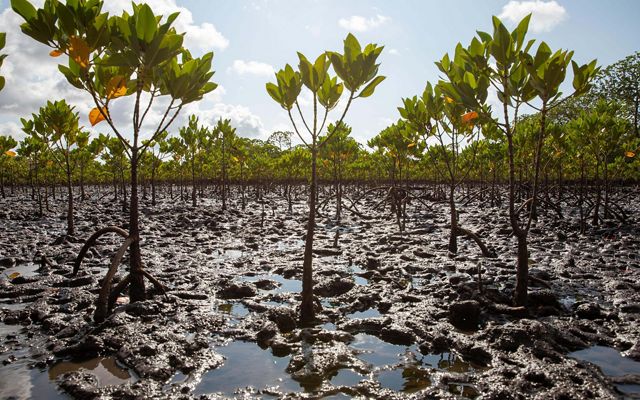
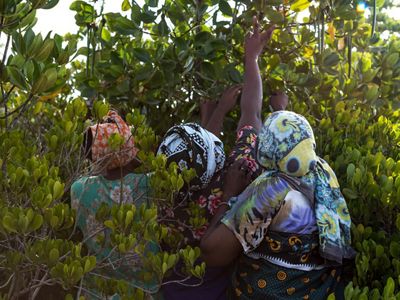
What’s happening: Mangroves, mothers and microloans
The fishing communities of Kenya’s Lamu Archipelago have always relied on the mangrove forests to nurture healthy fish and crab populations, but heavy logging in the 1990s took a heavy toll on these habitats.
To bring them back to health, TNC and local partners established a program to empower women’s associations to restore mangroves near their communities. Women in the program gain access to financial training and microloans that help them grow their economic independence.
The program has been a boon for both people and nature. Fields of mangroves are thriving and common food species of crab are bouncing back.
Mangrove protectors are extending their leadership to their households, influencing more sustainable behaviors at the family level. The additional income opportunities can reduce families’ dependence on harvests on strained fisheries. And putting management in local hands could open the door to other sustainable income opportunities in the future, like carbon trading.
Barbados
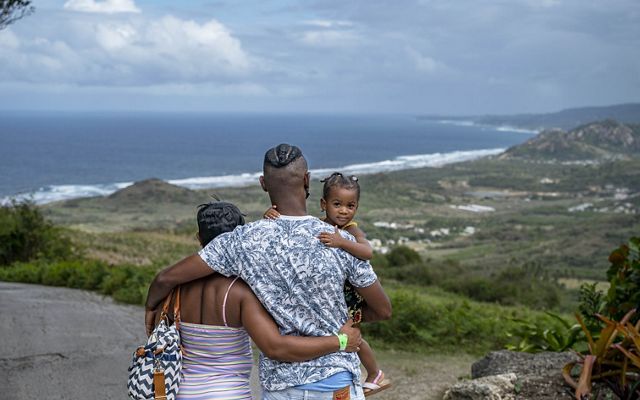
Barbados sits on the limestone remains of ancient coral reefs in the Eastern Caribbean, thrust upward by the movement of tectonic plates over millions of years. The island nation has a land area of just 432 square kilometers, but its marine territory is over 185,000 square kilometers.
This stretch of ocean is rich with life, including endangered hawksbill sea turtles and 13 different species of flying fish— creatures once so populous that Barbados was known as “land of the flying fish.”
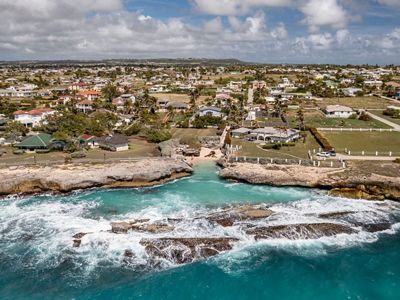
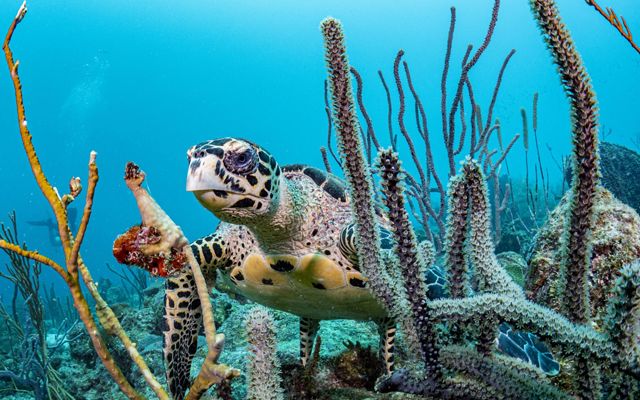
What’s happening: Sovereign debt becomes a win-win opportunity for oceans
Much of Barbados’s economy is dependent on the ocean, especially the fishing and tourism industries. But overfishing, pollution and unsustainable development have degraded the waters those industries rely on, and the COVID-19 pandemic brought additional stresses. And as increasingly powerful storms batter the island and inflict costly damage, funding to conserve and restore the ocean is harder to find.
To protect its natural resources and adapt to climate change, Barbados worked with TNC to refinance its sovereign debt at a lower interest rate, using the savings for conservation activities.
This strategy, known as a Blue Bond for Conservation, has unlocked $50 million that will be used to protect up to 30% of Barbados’ marine territory. Barbados is now the third country that has used this financial innovation, following the Republic of Seychelles and Belize.
Gran Chaco, Argentina
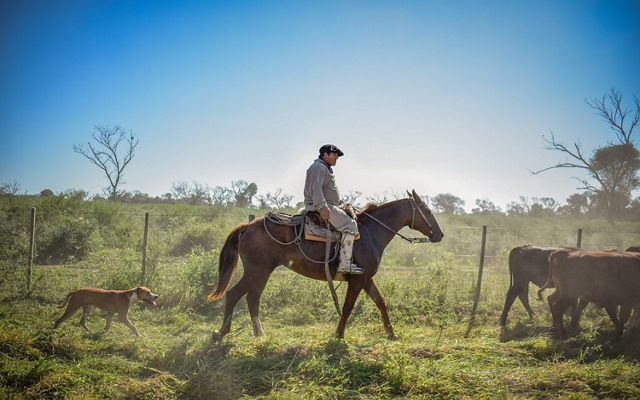
Argentina’s Gran Chaco region may not be as well-known as the Amazon to the north, but it’s also a haven for biodiversity. The broad plain is home to the second-largest forest on the continent, as well as vast stretches of grassland and narrow bands of wetlands that persist despite scarce rainfall.
The animals roaming these habitats are equally diverse, from long-legged maned wolves to giant jabiru storks and rainbow boa snakes with iridescent scales.
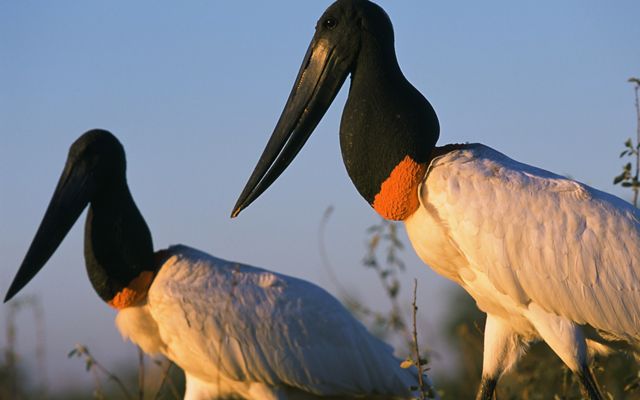
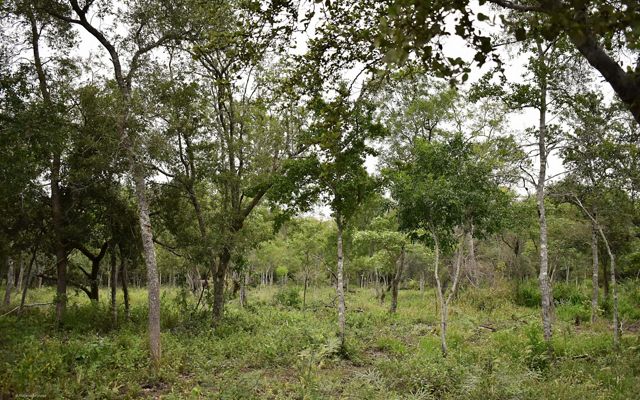
What’s happening: A food system that gives back to nature
While the Gran Chaco has always been an important region for farming, many of the small farms serving local communities have been replaced by massive operations devoted to commodity crops like soy. Planting the same crops over and over again hurts species diversity and depletes the soil of its nutrients, threatening local food security and the agricultural businesses that underpin the region’s economy.
But many farmers and ranchers in Gran Chaco are showing that food production doesn’t have to come at the expense of nature. Regenerative agriculture practices, such as planting cover crops between rows of commodity crops, help return minerals and moisture to the soil, ensuring those fields can continue to produce food.
Small and medium-sized cattle ranches are also using regenerative approaches. Grazing their cattle in the forests, as opposed to clearing pastures, provides the cattle a healthier diet. The cattle, in turn, fertilize the landscape and help spread the seeds of important tree species. If such practices were implemented at a global scale, they could make a major dent in both global climate emissions and biodiversity loss.
Emerald Edge, United States and Canada
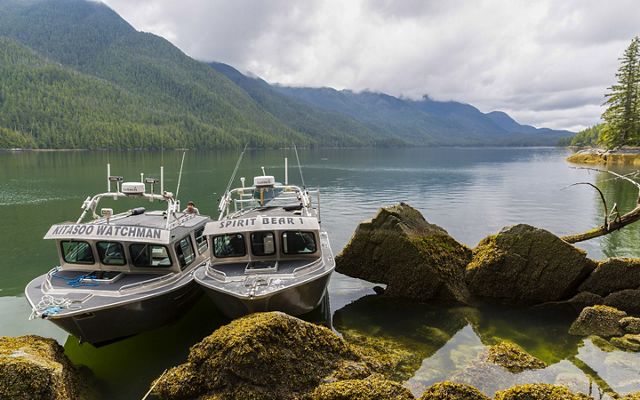
The Emerald Edge is the world’s largest coastal temperate rainforest and a biodiversity haven, home to wolves and whales, white “spirit bears,” and some of the oldest trees in North America.
Stretching from the coasts of Oregon, Washington state and British Columbia, and up into Southeast Alaska, this ecosystem spans over 100 million acres of lush forest, thousands of rivers and mountain streams, 40,000 islands and 56,000 kilometers of coastline.
This region has also long been home to Indigenous Peoples, including First Nations, Alaska Natives and coastal Tribes. Their cultures, languages, stories and livelihoods are directly connected and interwoven with the land and seascape.
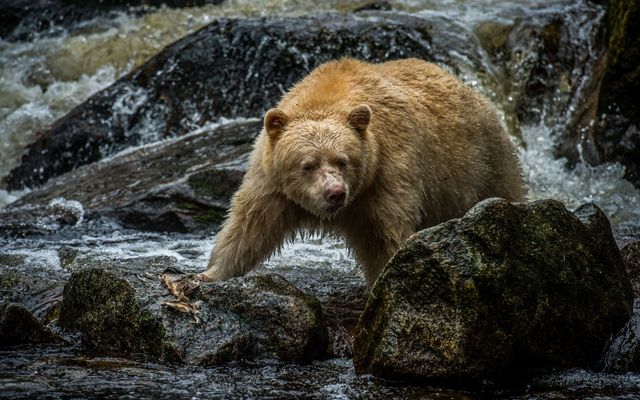

What’s happening: A big investment in Indigenous leadership
Indigenous Peoples are the best stewards of nature—despite the fact that they’ve rarely had a voice in global climate and biodiversity talks. Recently, the government of Canada took a step toward recognizing Indigenous rights and authority by announcing an investment of CAD $800 million to advance large-scale Indigenous-led conservation, including significant funding for the Great Bear Sea Initiative, a project led by 17 First Nations. This investment builds on previous conservation successes led by First Nations in the Great Bear Rainforest and Clayoquot Sound.
Mongolia's Grasslands

Forests get most of the attention when it comes to natural climate solutions. But grasslands are just as important. With their dense root systems, evolved to withstand fire and herds of grazing animals, grasslands lock away the carbon they absorb deep underground, making them an incredibly resilient carbon sink.
Unfortunately, nearly half of the world’s grasslands have been lost.
The most intact remaining stretch of this habitat is in Mongolia, where grasslands cover nearly 80% of the country. This huge swath of plains is home to snow leopards, saiga antelopes, and over 200,000 nomadic families who practice traditional herding.

What’s happening: Permanent protection for the world’s largest grassland
Mongolia has already established itself as a global leader in large-scale landscape protection with a pledge to protect 30% of its land area. The government recently took a big step toward making that commitment a reality by signing a PFP agreement with TNC and Enduring Earth to create 144,000 square kilometers of new protected areas—include parts of the Eastern Steppe, a stretch of grasslands 10 times the size of the Serengeti.
The PFP agreement also includes plans to improve management for existing protected areas, as well as a funding commitment to ensure the protection is permanent—and that local herding communities are able to continue their traditional livelihoods.
6 Years...
That’s how long we have until 2030, when the goals of the new global biodiversity framework are due. TNC has developed a complementary set of goals for addressing the dual crises of climate change and biodiversity loss.
